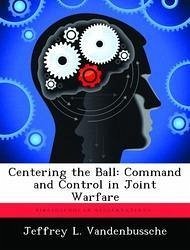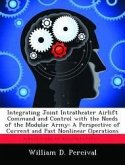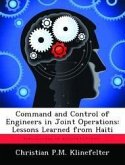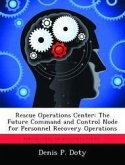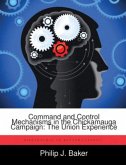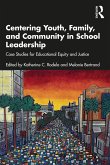Joint warfare is no longer the novelty it once was. With shrinking budgets and force structures, services have to rely on each other to maximize effects on the battlefield. Joint interdependence is the new reality for U.S. combat operations. To achieve true interdependence however, we must first address inefficiencies when employing forces in combat. Unused strike sorties, gaps in fire support, and artificially constructed lines of attack are examples of inefficiencies that have plagued the U.S. military recently. These problems are merely symptoms of a more serious malady that results from componency. Although componency enables the specialization in equipment, tactics, techniques, and procedures that characterize American military operations; it also impedes joint interdependence. Can more explicit forms of command and control lead to greater efficiency and effectiveness in joint warfare? This thesis examines four areas; componency, doctrine, learning, and technology to analyze how each inhibits or fosters a change in the current C2 structure. Analysis reveals that while componency may be an effective way to organize, train, and equip forces, it is not the most effective way to employ them. Fortunately, the Goldwater-Nichols Act that provided the blueprint for joint structure does not restrict the combatant commander from choosing more explicit forms of command and control.
Bitte wählen Sie Ihr Anliegen aus.
Rechnungen
Retourenschein anfordern
Bestellstatus
Storno

